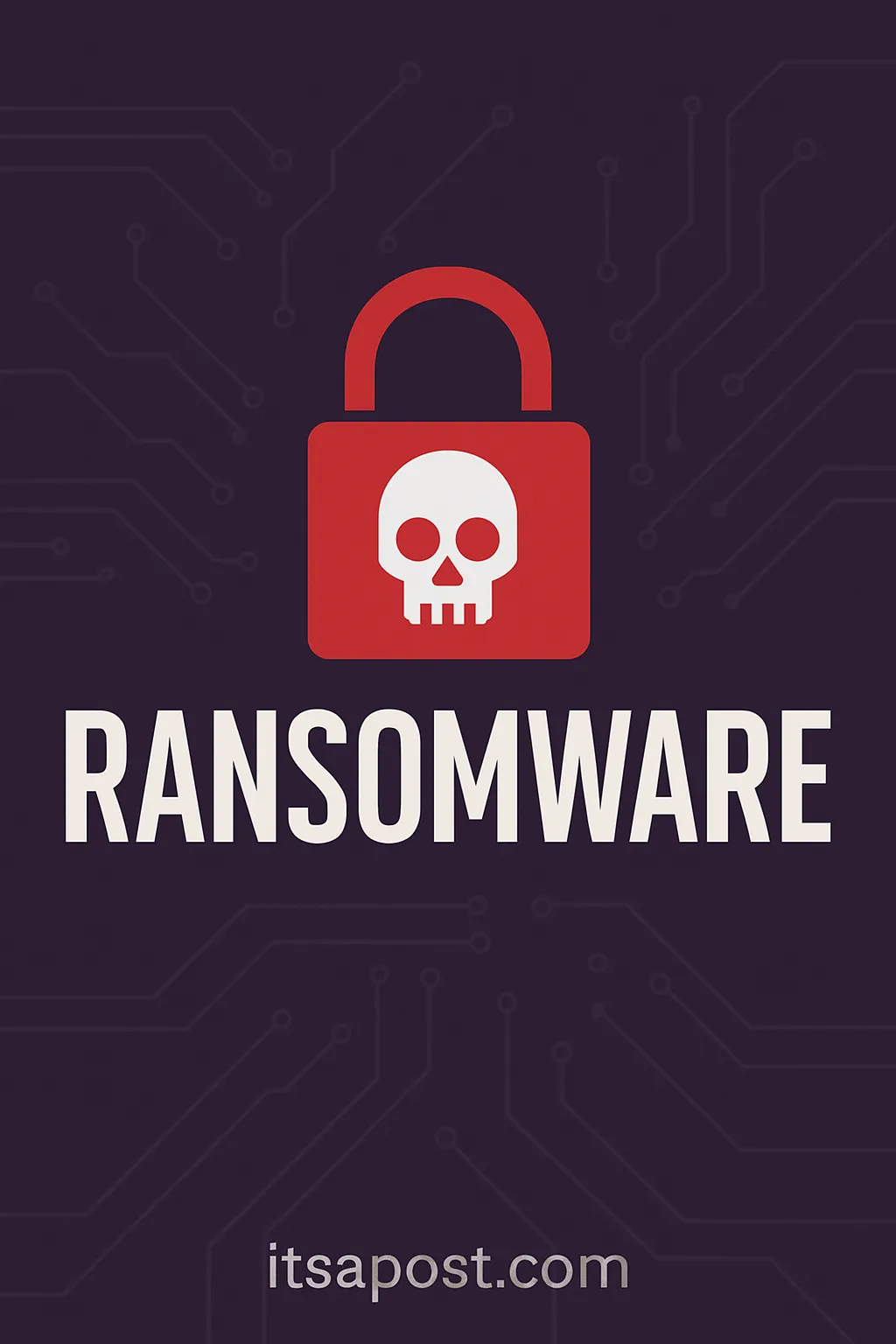The Rising Threat of Ransomware: How to Protect Yourself
In recent years, ransomware has emerged as one of the most significant threats in the cybersecurity landscape. This type of malicious software (malware) threatens to publish the victim's data or perpetually block access to it unless a ransom is paid. From crippling businesses to affecting government infrastructure, the impact of ransomware can be devastating.
Understanding Ransomware
Ransomware is a form of malware that encrypts the victim's files, making them inaccessible, and demands a ransom payment to restore access. The concept of ransomware is not new but has evolved with advancements in technology, becoming more sophisticated and harder to combat.
How Ransomware Spreads
Ransomware can infect your computer through phishing emails, malicious advertisements on websites, and exploiting security holes in software. Once the malware has entered your system, it encrypts your files, and the ransomware operation demands a ransom to provide the decryption key.
Real-World Examples
Recent events have put a spotlight on ransomware attacks. For instance, the Medusa ransomware and the arrest of a Russian national involved in the LockBit ransomware attacks show the global impact of these threats. Notably, governments and organizations are taking steps to counter these risks.
Protection Strategies
Protecting against ransomware requires a multi-layered approach:
- Education: Train employees about the risks and signs of phishing attacks which are common ransomware vectors.
- Backup: Regularly back up data and verify that the backups are not connected to the networks they are backing up.
- Security Updates: Keep software and operating systems updated to minimize vulnerabilities that can be exploited by attackers.
- Incident Response: Have a plan in place to respond to a ransomware attack. This includes isolating infected computers and restoring systems from backups.
Looking Forward
The future of ransomware appears ominous with cybercriminals adopting advanced technologies like AI to craft more sophisticated attacks. It is crucial for individuals and organizations alike to stay vigilant and proactive in updating their cybersecurity strategies.
Conclusion
Ransomware isn’t going away any time soon. The urgency to understand, anticipate, and mitigate ransomware threats has never been higher. Adopting robust measures and educating oneself about cyber threats is the key to protecting valuable digital assets.

